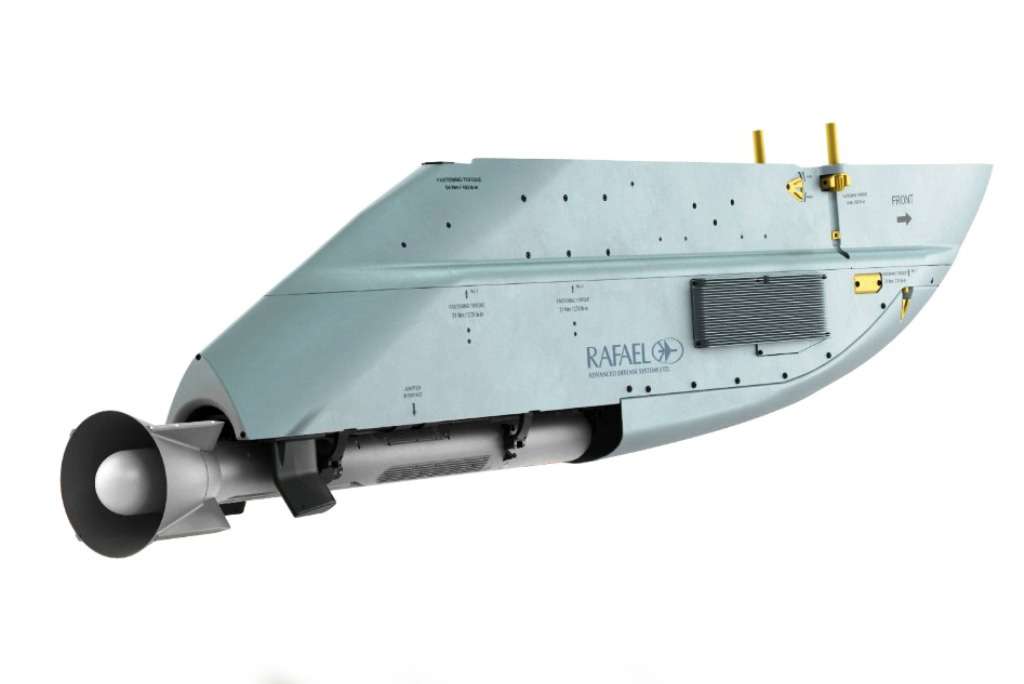
In modern aerial warfare, survival often hinges on milliseconds — and technology that can outsmart the enemy’s most advanced missiles. The article “Fibre Optic Towed Decoy During Air Combat” by Lea Watch News takes us inside the world of high-tech countermeasures, focusing on one of the unsung heroes of the skies: the Fibre-Optic Towed Decoy (FOTD).
Mounted on fighter aircraft, the FOTD is a sleek, trailing device connected by a fibre-optic cable that plays a critical role in jamming radar-guided missiles. Instead of targeting the aircraft, enemy missiles are tricked into following the decoy, which emits electronic signals to mimic the aircraft’s signature. The result? A life-saving diversion that allows pilots to escape deadly encounters.
Lea Watch News explains how this technology has become a vital asset for air forces around the world, including India’s. As aerial threats become faster and more accurate, passive countermeasures are no longer enough. The FOTD adds an active layer of defense, capable of adapting in real-time to the evolving electronic landscape of battle.
What makes the FOTD unique is its blend of simplicity and sophistication. It doesn’t fire back — it outsmarts. And in today’s complex air combat scenarios, that could mean the difference between mission success and failure.
The article also explores India's growing interest in integrating such systems into its own defense platforms, especially with the push for self-reliance in defense technology.
In a world where electronic warfare is as important as firepower, the FOTD represents the future of survivability. Quiet, clever, and incredibly effective — it’s a reminder that in modern combat, brains often beat brawn.